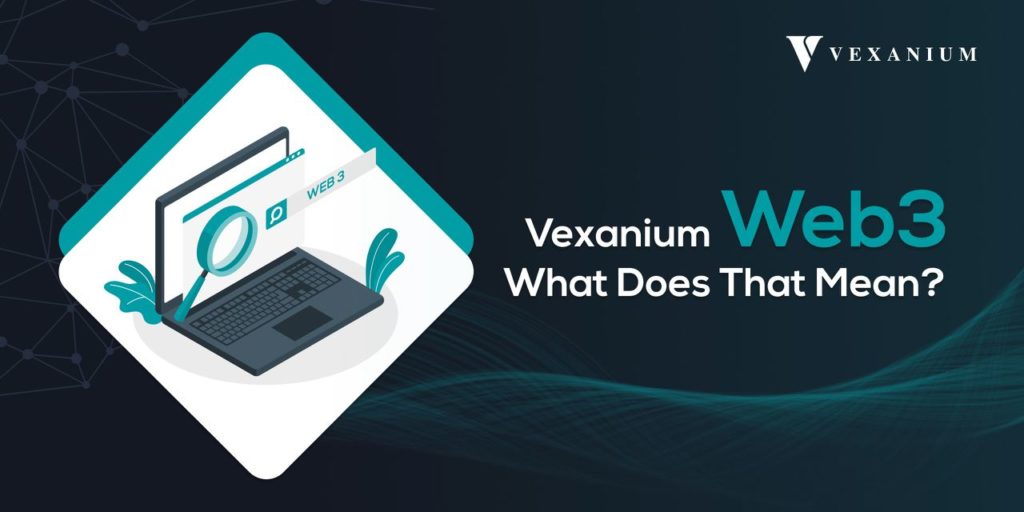
Recently in the field of technology, various new terms have emerged. Besides Metaverse and NFT, whose popularity has skyrocketed, the term Web3 is also widely discussed. Actually, what is Web3?
Web3 or Web 3.0 is the third generation internet where websites and applications can intelligently process information through technologies, for example: machine learning, big data, decentralized ledger technology (DLT), etc.
Simply put, Web3 is the evolution of the internet. Web3 is a new kind of internet that accurately interprets what you enter and understands it as a whole, whether through text, sound, or other media. Data will be connected in a decentralized manner. That said, Web3 is a huge improvement over Web1 and Web2.
The first generation of the internet (Web 1.0) lasted from 1989 to 2005. A few major content creators dominated the internet, and most users were just consumers. As technology develops, Web1 is being replaced by the second generation internet (Web 2.0) as more and more users become content creators and big players in the industry. It provides a place where content can be shared.
Web 3.0, the third generation of the internet, is the next big step. In this new era, users are not only content creators, they are also responsible for the platforms on which content is shared. Centralized entities such as Facebook, Twitter, and Google, will be replaced by social media platforms and search engines without a company behind them.
The Web3 network operates via a decentralized protocol, the blocks that build blockchain technology and cryptocurrencies. Therefore, the three of them had a strong relationship. The relationship between the three technologies can be a symbiotic relationship of mutualism with other fields.
Currently, several platforms have adopted Web3, one of which is Vexanium. In addition to providing several blockchain-based technology features that digital entities can take advantage of, Vexanium also has its own digital token called Vexanium Coin (VEX).